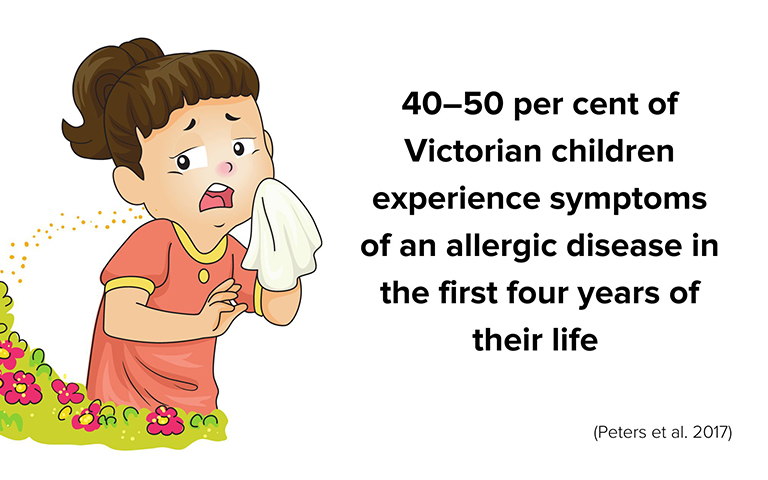
07 SepMaintaining indoor air quality in early learning environments during pollen season
As pollen season approaches, it becomes crucial to address the impact of outdoor allergens on indoor air quality in early learning facilities. Young children are particularly susceptible to respiratory issues and allergies, making it essential to create a healthy and comfortable environment for their growth and development.
Children with respiratory conditions like asthma and allergies are most vulnerable during pollen season. Exposure to pollen can trigger or exacerbate respiratory symptoms, leading to coughing, wheezing, and shortness of breath. Even healthy children may experience sneezing, runny noses, and itchy eyes when exposed to high pollen levels.
Asthma was the 8th leading contributor to the total burden of disease in Australia in 2022. In 2022, 5.9% of the asthma burden was fatal (8,087 years of life lost), and 94.1% was non-fatal (129,954 years lived with disability). Asthma contributed 2.5% to the total burden in Australia.
Among younger children, asthma ranked:
– 5th leading cause of total burden for children under 5 boys (3.5% of total burden) and girls (3.0% of total burden)
– 1st leading cause of total burden in children 5-14 for boys (14.2% contribution) and girls (11.7% contribution)
Source: Australian Institute of Health and Welfare. Australian Burden of Disease Study 2022. Canberra: AIHW; 2022.

Early learning facilities can take proactive measures to combat indoor air quality issues during pollen season:
Regular Cleaning: frequent cleaning and dusting of surfaces, floors, and equipment can help remove pollen particles that may have made their way indoors.
Air Purification: installing air purifiers with HEPA filters can significantly reduce airborne allergens, including pollen, ensuring cleaner and healthier indoor air for everyone.
Air Circulation Management: while it may be tempting to open windows for fresh air during mild weather, on high pollen days, it’s better to keep windows and doors closed to prevent pollen from entering the facility.
HVAC Maintenance: Regular maintenance of heating, ventilation, and air conditioning (HVAC) systems is crucial to ensure they are working optimally and not circulating allergens throughout the facility.
Green Landscaping Practices: if the facility has an outdoor area, consider using landscaping practices that minimise pollen-producing plants near the building. Opt for low-pollen plants and shrubs that are less likely to trigger allergies.
Educate Staff and Parents: raise awareness among staff and parents about the importance of indoor air quality during pollen season.
Maintaining good indoor air quality in early learning facilities during pollen season is vital for the health and well-being of young children. Collaborative efforts by staff, parents, and facility management are essential to ensure the children can learn, play, and grow in a space that supports their respiratory health during pollen season and beyond.
To explore air purification solutions at a discounted price for ELAA members, please contact Initial Hygiene at 1300 138 165 or fill out the Expression of Interest form under the link below
Submit EOI

This article provided by Initial Hygiene – an ELAA preferred partner.


